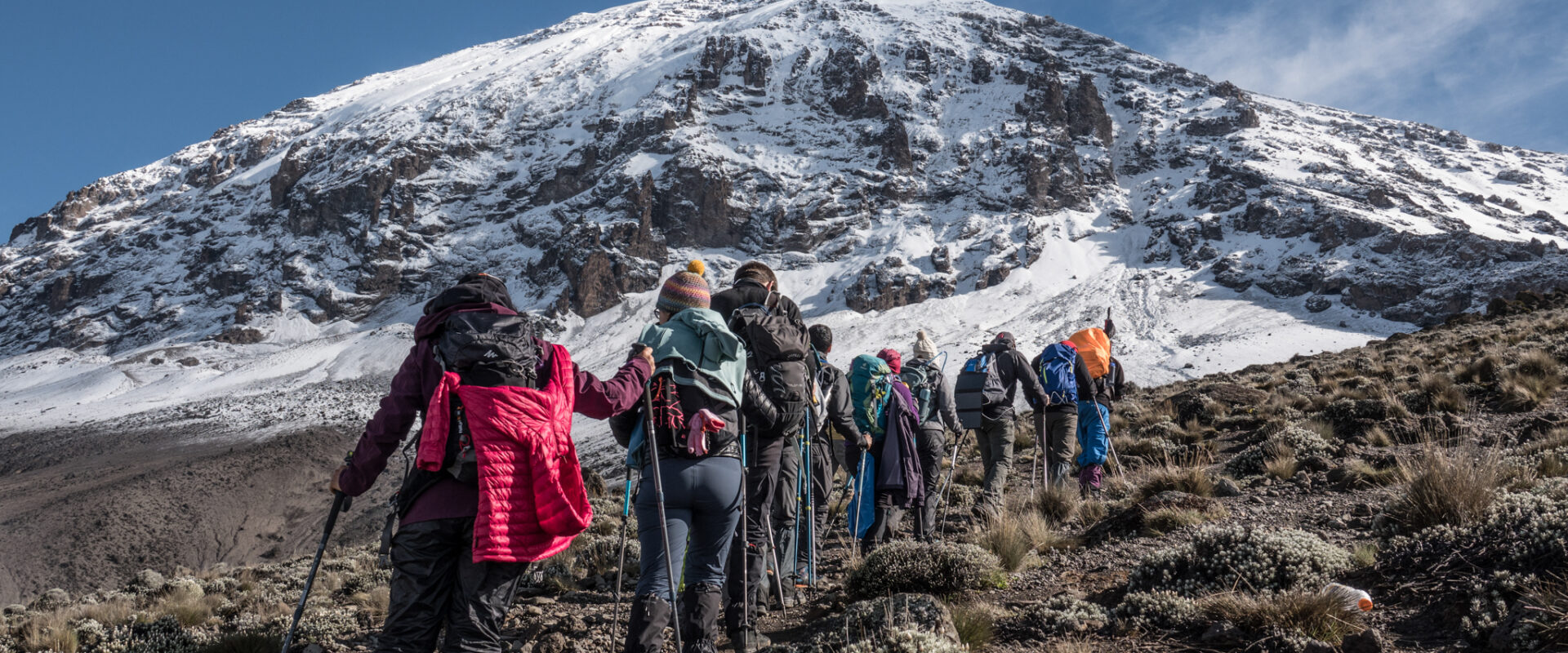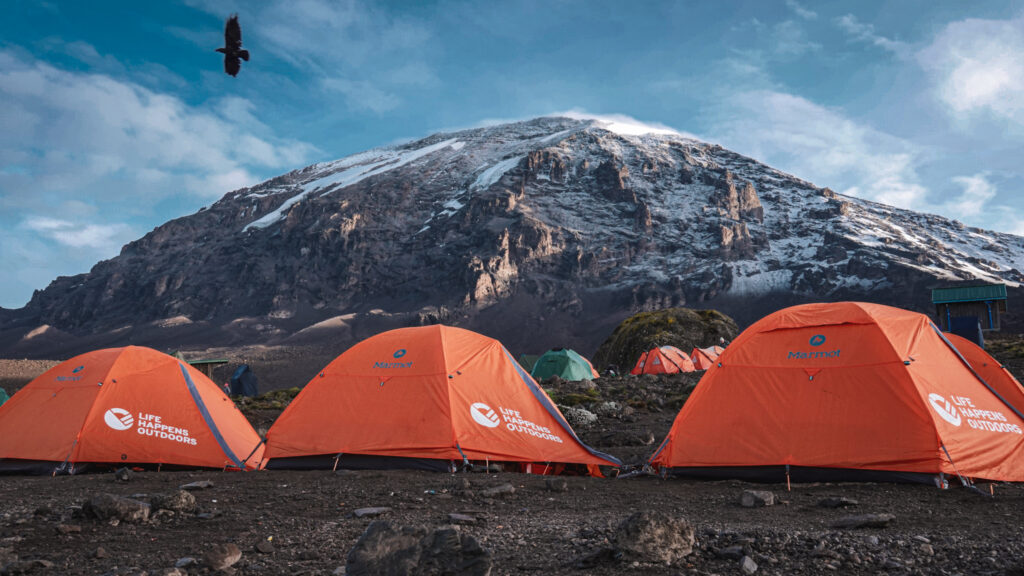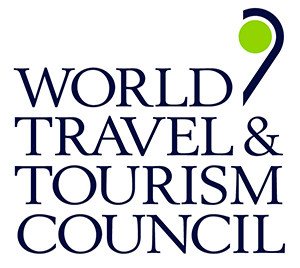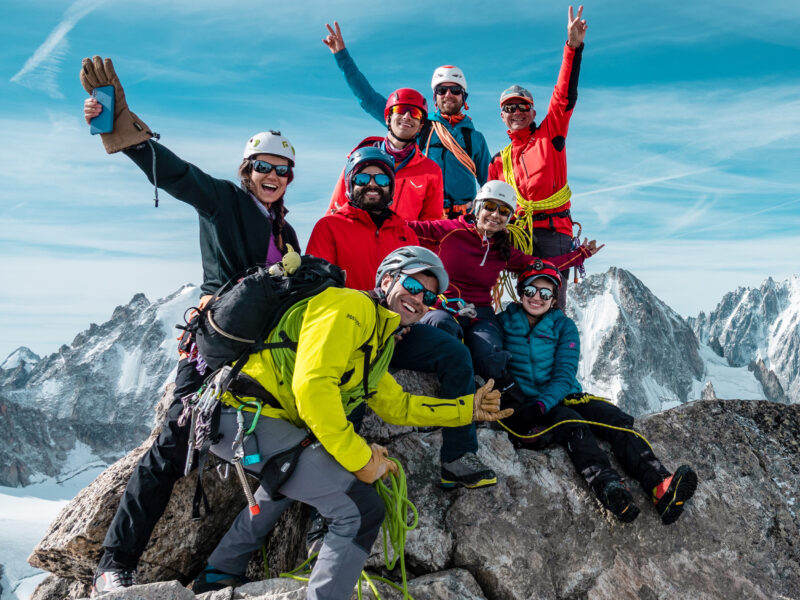BY Hazem El Shamy | February 13 2025
What Are The Top 10 Highest Mountains in Africa?

Africa’s towering peaks offer adventurers a blend of challenging climbs and breathtaking vistas. Here’s a curated list of the continent’s ten highest African mountains, each presenting unique experiences for those eager to explore Africa’s majestic heights.

1. Mount Kilimanjaro – 5,895 meters (19,341 feet)
Located in northeastern Tanzania, Mount Kilimanjaro stands as Africa’s tallest mountain and the world’s highest free-standing peak. Its three volcanic cones—Kibo, Mawenzi, and Shira—provide diverse trekking routes, with the Machame and Marangu routes being particularly popular among climbers. The ascent to Uhuru Peak on Kibo offers trekkers a journey through varied ecosystems, from lush rainforests to alpine deserts.
2. Mount Kenya – 5,199 meters (17,057 feet)
Situated in central Kenya, Mount Kenya is Africa’s second-highest peak. Its highest summits, Batian and Nelion, are technical climbs, while Point Lenana is more accessible to trekkers. The mountain’s rugged landscapes, glacial valleys, and diverse flora make it a favorite among mountaineers and nature enthusiasts.
3. Mount Stanley – 5,109 meters (16,763 feet)
Straddling the border between Uganda and the Democratic Republic of Congo, Mount Stanley is the tallest in the Rwenzori Range. Its highest point, Margherita Peak, is renowned for its challenging climbs and stunning glacial scenery. The Rwenzori Mountains, often referred to as the “Mountains of the Moon,” are celebrated for their unique alpine flora and fauna.
4. Mount Speke – 4,890 meters (16,043 feet)
Also part of the Rwenzori Range, Mount Speke is known for its jagged peaks and deep valleys. The mountain offers climbers a mix of rock and ice challenges, with vistas that showcase the range’s dramatic landscapes.
5. Mount Baker – 4,844 meters (15,892 feet)
Another prominent peak in the Rwenzori Mountains, Mount Baker provides climbers with routes that traverse glacial terrains and rocky outcrops. The ascent rewards adventurers with panoramic views of the surrounding peaks and valleys.
6. Mount Emin – 4,798 meters (15,741 feet)
Located in the northern sector of the Rwenzori Range, Mount Emin features twin peaks and offers climbers a less-traveled path through the range’s unique ecosystems. The journey to its summit is characterized by challenging terrains and the opportunity to experience the Rwenzori’s pristine beauty.
7. Mount Gessi – 4,715 meters (15,469 feet)
Positioned in the Rwenzori Range, Mount Gessi is known for its steep slopes and rugged landscapes. Climbers tackling this peak navigate through boggy grounds, rocky ridges, and glacial areas, all while immersed in the range’s rich biodiversity.
8. Mount Luigi di Savoia – 4,627 meters (15,180 feet)
As part of the Rwenzori Mountains, Mount Luigi di Savoia offers adventurers a mix of rock climbing and trekking experiences. The ascent provides insights into the region’s geological formations and diverse plant life.
9. Mount Meru – 4,562 meters (14,968 feet)
Located in Tanzania near Mount Kilimanjaro, Mount Meru is an active stratovolcano that offers climbers a scenic trek through forests and open grasslands. The summit provides stunning views of Kilimanjaro and the surrounding landscapes.
10. Ras Dashen – 4,550 meters (14,928 feet)
As the highest peak in Ethiopia’s Simien Mountains, Ras Dashen presents trekkers with rugged terrains, deep gorges, and a chance to encounter unique wildlife, such as the Gelada baboon. The journey to its summit is both challenging and rewarding, offering panoramic views of the Ethiopian highlands.
About The Author
Hazem is an avid high altitude mountaineer and adventurer that has helped lead hundreds of climbers to summits across the Himalayas, Andes, Atlas, and Caucus mountain ranges. He believes that inspiration is best served on a sharp ridge 6000 meters up in the sky, and is committed to making big mountain goals more achievable to the everyday climber.
About Life Happens Outdoors
At Life Happens Outdoors, we believe in the power of nature to transform lives. As proud members of the Adventure Travel Trade Association (ATTA) and the World Travel & Tourism Council (WTTC), our team of certified guides and outdoor professionals is committed to the highest standards of safety, sustainability, and excellence.
Discover more about our story and mission on our Meet LHO page, or explore our curated adventures such as the Tour du Mont Blanc Trek, the Climb of Kilimanjaro, and Chasing the Northern Lights.















1 Comment
thank you